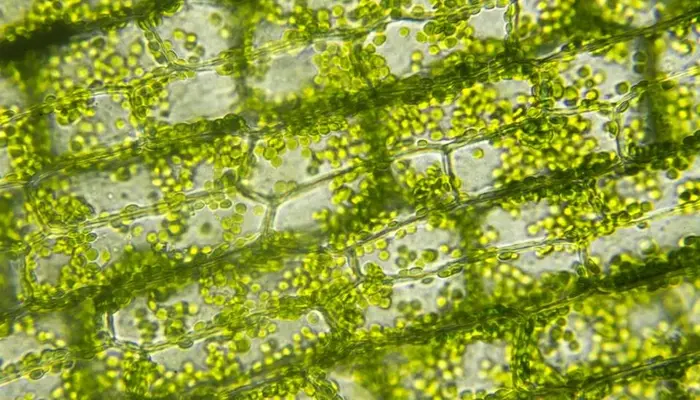Scientists Explore Rubisco Boost to Tackle Food Shortages

Researchers believe enhancing Rubisco, a key enzyme in photosynthesis, could increase crop yields and help fight food insecurity.
A New Approach to Food Security
As global food insecurity worsens, scientists at the University of Illinois are exploring ways to boost crop productivity. Their focus is on Rubisco, the enzyme responsible for capturing carbon dioxide during photosynthesis. By increasing Rubisco levels, they believe plants could grow more efficiently, withstand extreme weather, and remove excess carbon dioxide from the atmosphere.
This research comes at a crucial time. Climate change is causing severe droughts and floods, reducing crop yields worldwide. At the same time, the global population is expanding, placing even greater strain on food supplies. Without new agricultural innovations, food insecurity will continue to rise.
Read: NVIDIA RTX 50 Series GPUs Sell Out in Minutes on Newegg
How Rubisco Could Help
Rubisco plays a crucial role in plant growth by converting carbon dioxide into usable energy. Scientists believe that increasing its efficiency could:
- Boost crop yields to feed a growing population
- Enhance drought and heat resistance in plants
- Reduce atmospheric carbon dioxide, slowing climate change
This approach could provide a short-term solution while researchers develop more advanced agricultural technologies.
Challenges and Future Innovations
While boosting Rubisco levels shows promise, scaling this innovation for widespread use remains a challenge. Another approach, enzyme engineering, could also improve crop resilience, but it is not yet ready for industrial application.
Coralie Salesse-Smith, a postdoctoral researcher at the University of Illinois, emphasizes the urgency of implementing these advancements. “Without these innovations, food insecurity will become more pressing in the future,” she said. “It’s crucial to introduce improved crop varieties before it’s too late.”
A Step Toward Sustainable Agriculture
Improving photosynthesis through Rubisco enhancement offers a practical way to address food demand. While long-term solutions like enzyme engineering continue to develop, this method could provide immediate benefits. By making plants more productive and resilient, scientists hope to create a more secure food future for the growing global population.
Follow us on Google News, Instagram, YouTube, Facebook,Whats App, and TikTok for latest updates












